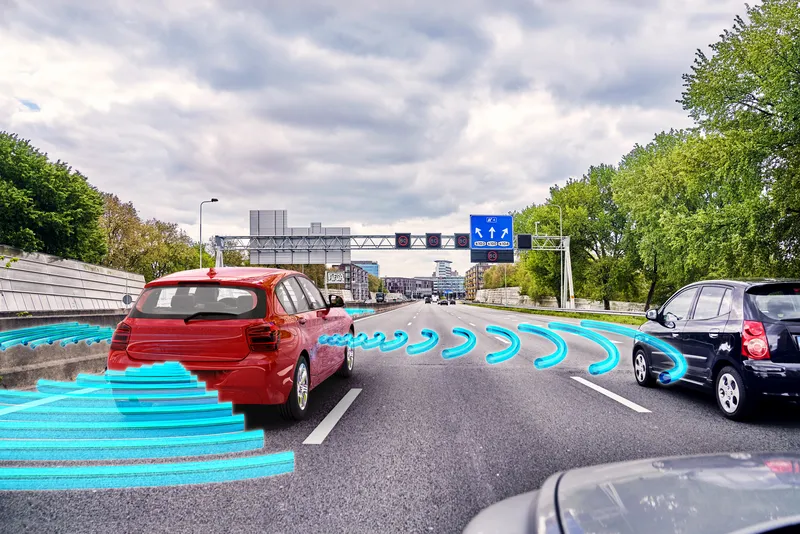A new report from business information specialist Visiongain has assessed that the value of the global commercial vehicle telematics market will reach US$11.2 billion in 2014.
Growth in this market is mainly driven by three factors.
Firstly, increasing fuel prices accompanied by strong price competition in logistics create downward pressure on the profit margins of transportation companies and fleet operators and drive them to adopt telematics to sustain profitability and gain competitive advantage. S
January 20, 2014
Read time: 2 mins
A new report from business information specialist Visiongain has assessed that the value of the global commercial vehicle telematics market will reach US$11.2 billion in 2014.
Growth in this market is mainly driven by three factors.
Firstly, increasing fuel prices accompanied by strong price competition in logistics create downward pressure on the profit margins of transportation companies and fleet operators and drive them to adopt telematics to sustain profitability and gain competitive advantage. Secondly, global regulatory mandates (eCall in EU, GLONASS in Russia and SVT in Brazil) require the usage of telematics for safety purposes and the installation of basic telematics control units (TCU) in all new cars and commercial vehicles in Europe from 2015 and in other countries from 2016 onwards. Thirdly, the increased demand for wireless connectivity, demonstrated by the high level of penetration of smartphones and tablets, drives the automotive industry to incorporate in-vehicle internet connectivity solutions offering the opportunity to substitute functions of the onboard computer with smartphones and tablets.
These factors offer the opportunity to automotive OEMs, aftermarket service providers, software developers and telematics services providers to provide a broad range of new services that could lead to new revenue streams and enhancement of customer loyalty.
On the other hand, the high cost of telematics hardware restrains the penetration of telematics in commercial vehicles, especially in small and medium fleets. Moreover, large fleet operators and transport companies already have in place fleet management systems and may be reluctant to invest further in telematics solutions especially in regions facing an adverse economic climate. The above, combined with privacy concerns arising from the usage and potential exposure of sensitive company data constitute the major threats to the rapid expansion of telematics into commercial vehicles.
Growth in this market is mainly driven by three factors.
Firstly, increasing fuel prices accompanied by strong price competition in logistics create downward pressure on the profit margins of transportation companies and fleet operators and drive them to adopt telematics to sustain profitability and gain competitive advantage. Secondly, global regulatory mandates (eCall in EU, GLONASS in Russia and SVT in Brazil) require the usage of telematics for safety purposes and the installation of basic telematics control units (TCU) in all new cars and commercial vehicles in Europe from 2015 and in other countries from 2016 onwards. Thirdly, the increased demand for wireless connectivity, demonstrated by the high level of penetration of smartphones and tablets, drives the automotive industry to incorporate in-vehicle internet connectivity solutions offering the opportunity to substitute functions of the onboard computer with smartphones and tablets.
These factors offer the opportunity to automotive OEMs, aftermarket service providers, software developers and telematics services providers to provide a broad range of new services that could lead to new revenue streams and enhancement of customer loyalty.
On the other hand, the high cost of telematics hardware restrains the penetration of telematics in commercial vehicles, especially in small and medium fleets. Moreover, large fleet operators and transport companies already have in place fleet management systems and may be reluctant to invest further in telematics solutions especially in regions facing an adverse economic climate. The above, combined with privacy concerns arising from the usage and potential exposure of sensitive company data constitute the major threats to the rapid expansion of telematics into commercial vehicles.








